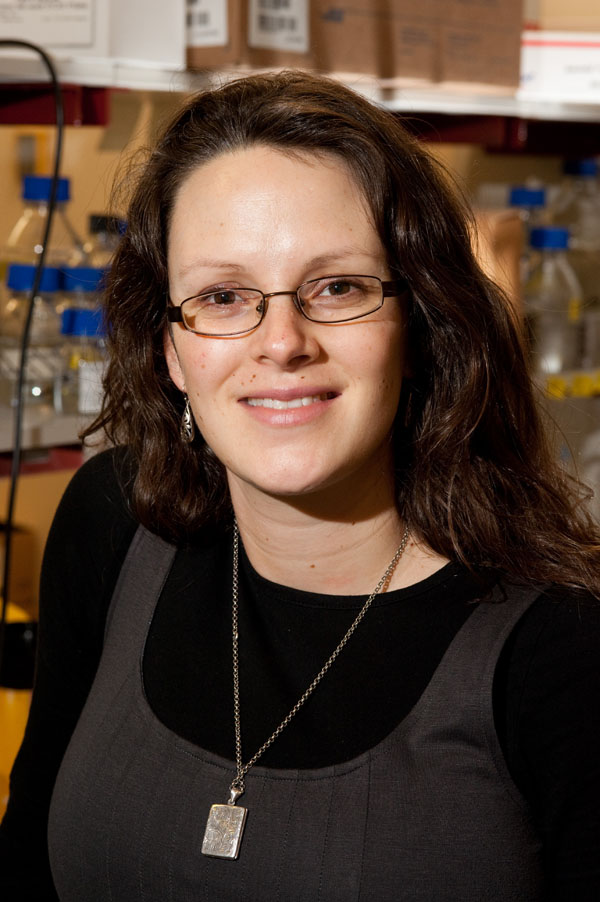Posted by Gregory J Block MSc PhD on Aug 12, 2015

A recent paper published by researchers in Australia describes important information about the protein that causes FSHD2, called SMCHD1. In 2012, researchers in Seattle and Leiden conducted seminal experiments showing that mutations in the SMCHD1 gene lead to activation of the FSHD-causing gene DUX4. This discovery was a big deal, not only because it discovered a new gene that causes FSHD, but also bolstered the consensus that the real root cause of FSHD is the activation of DUX4. You can read our full explanation here.
Because loss of SMCHD1 increases DUX4, one can begin to imagine that increasing SMCHD1 might do the opposite, and an exciting company based in Leiden is conducting experiments to identify strategies to boost SMCHD1 as a therapy for FSHD.
Going for the jugular to try and increase the levels of SMCHD1 is the right thing to do, but it doesn't address one simple thing - we don't know very much about SMCHD1. What does it look like? Who does it hang out with in the cell? How exactly does it regulate DUX4 expression? Does it bind DNA? Can we develop molecular readouts of its behavior?
The study led by Dr. Marnie Blewitt at The Walter and Eliza Hall Institute for Medical Research has answered some fundamental questions about the function of mammalian SMCHD1. They did this by studying the mouse version of SMCHD1 (called Smchd1 - because mice don't deserve capital letters in their gene names - only people do).
The study found that in mouse neural stem cells, Smchd1 reduction led to misregulation of a specific cluster of genes. It was found that Smchd1 actually bound the regulatory elements of those genes, and about 50% of the time, shared the binding site with another protein called CTCF. When the researchers purified a portion of the protein to test whether it was capabable of binding DNA, it did - which gives us our first glimpse into how Smchd1 may function.
But what about human SMCHD1? It probably works the same way since the mouse and human proteins are 93% identical, and the region they tested was the shared between species. In fact, when they introduced an FSHD-specific mutation into their purified protein it could no longer bind DNA, suggesting that may be the root of the problem for that specific mutation (there are lots of different mutations in SMCHD1, and they may not all work the same way).





Connect with us on social media